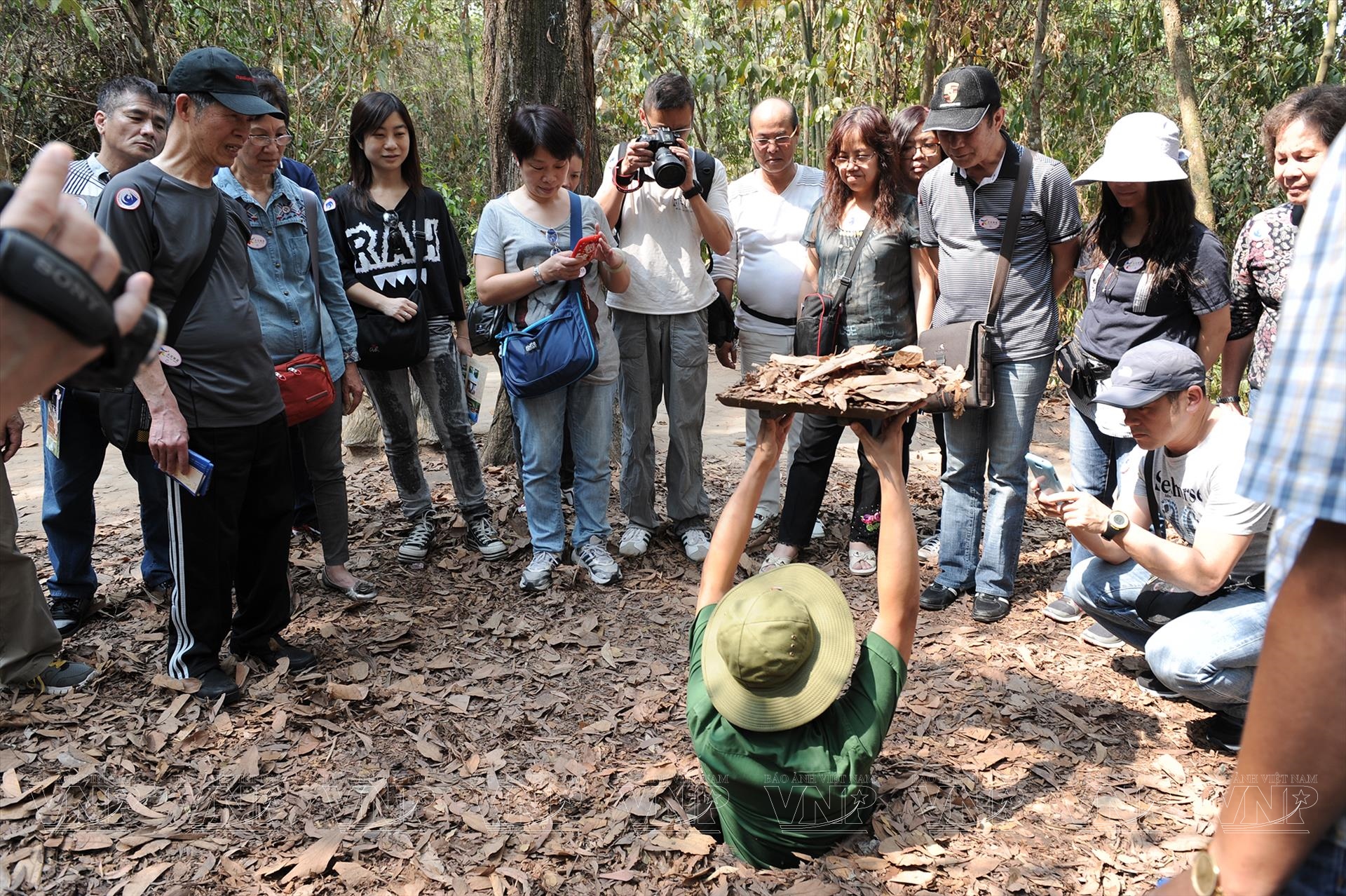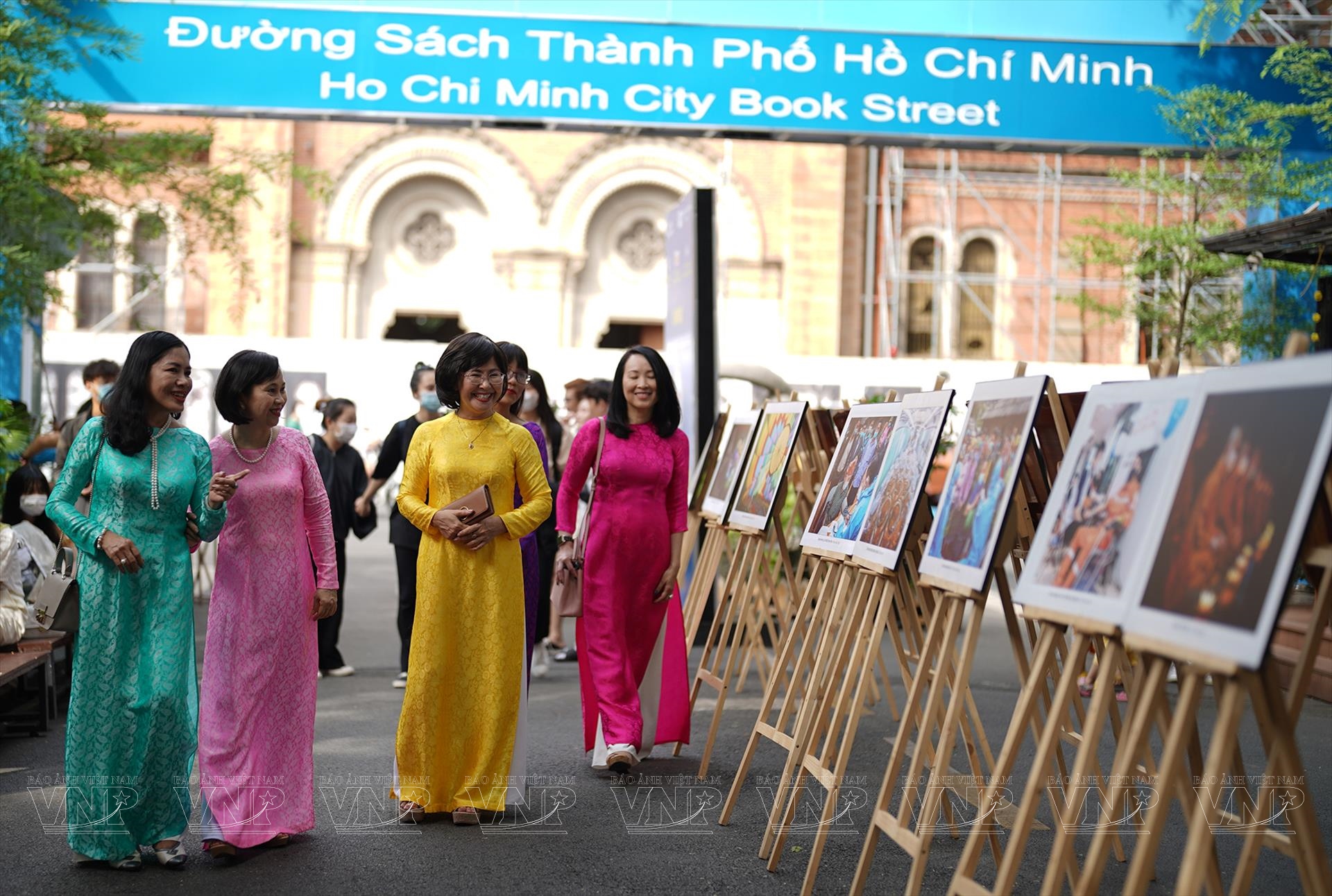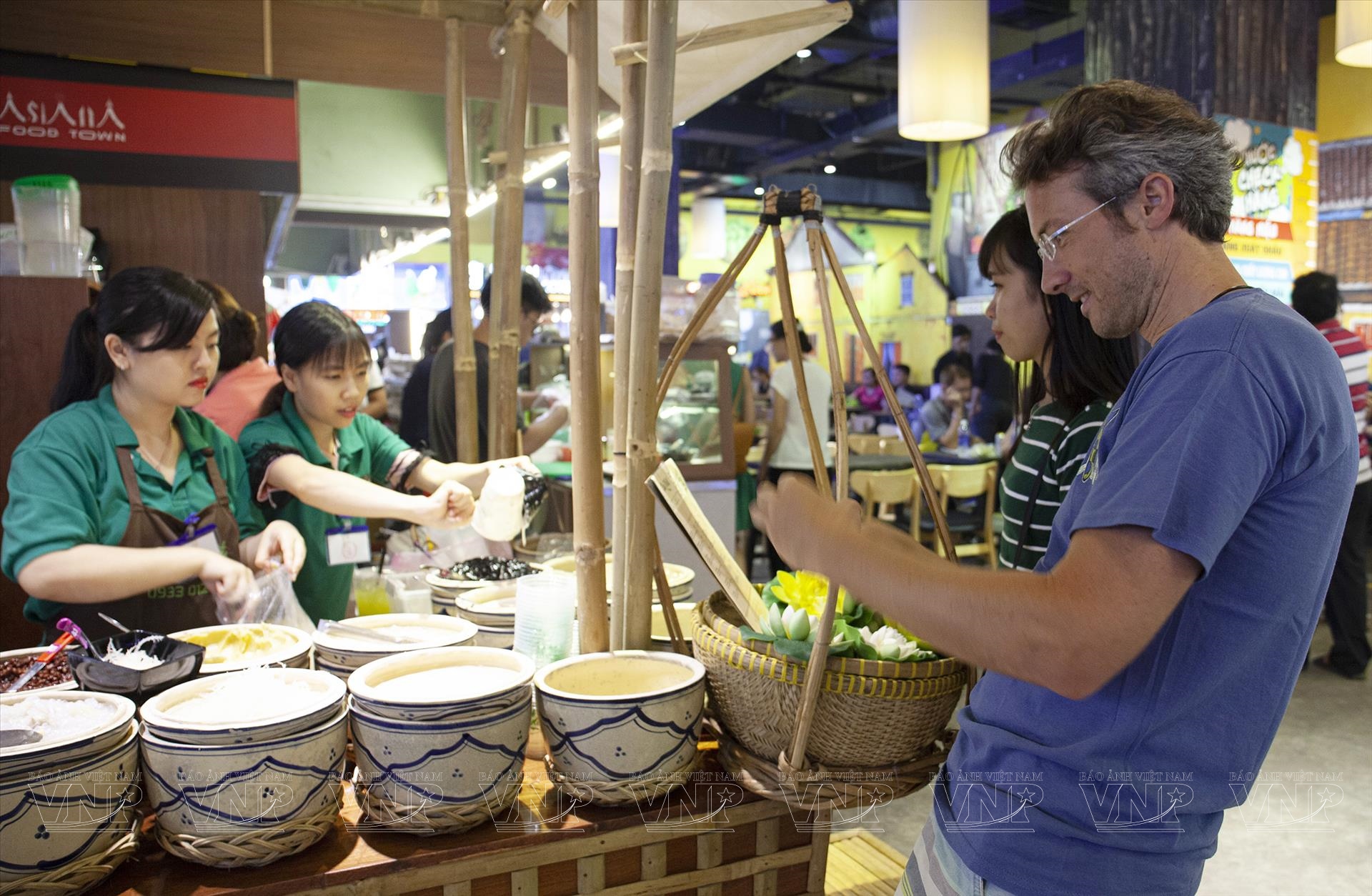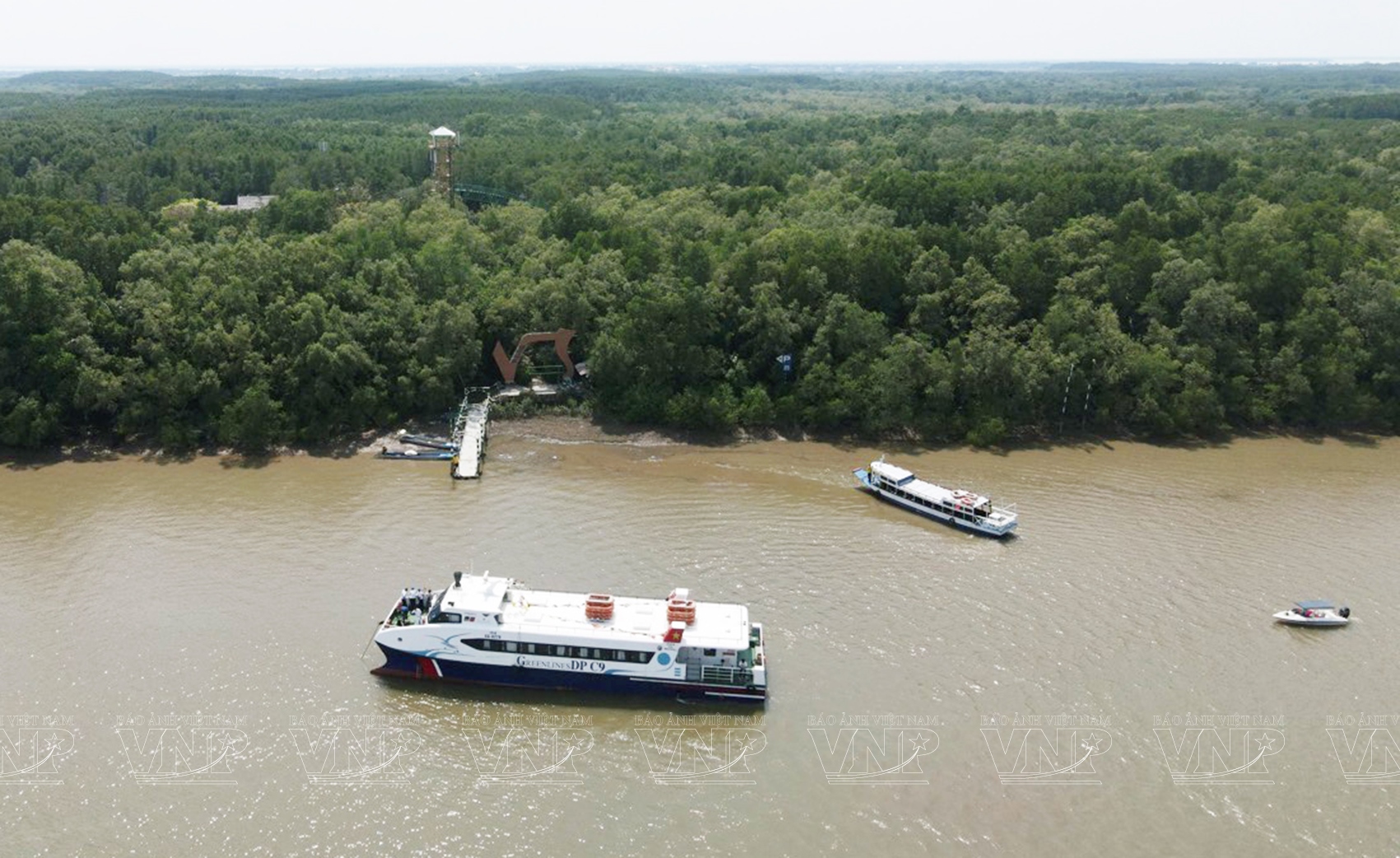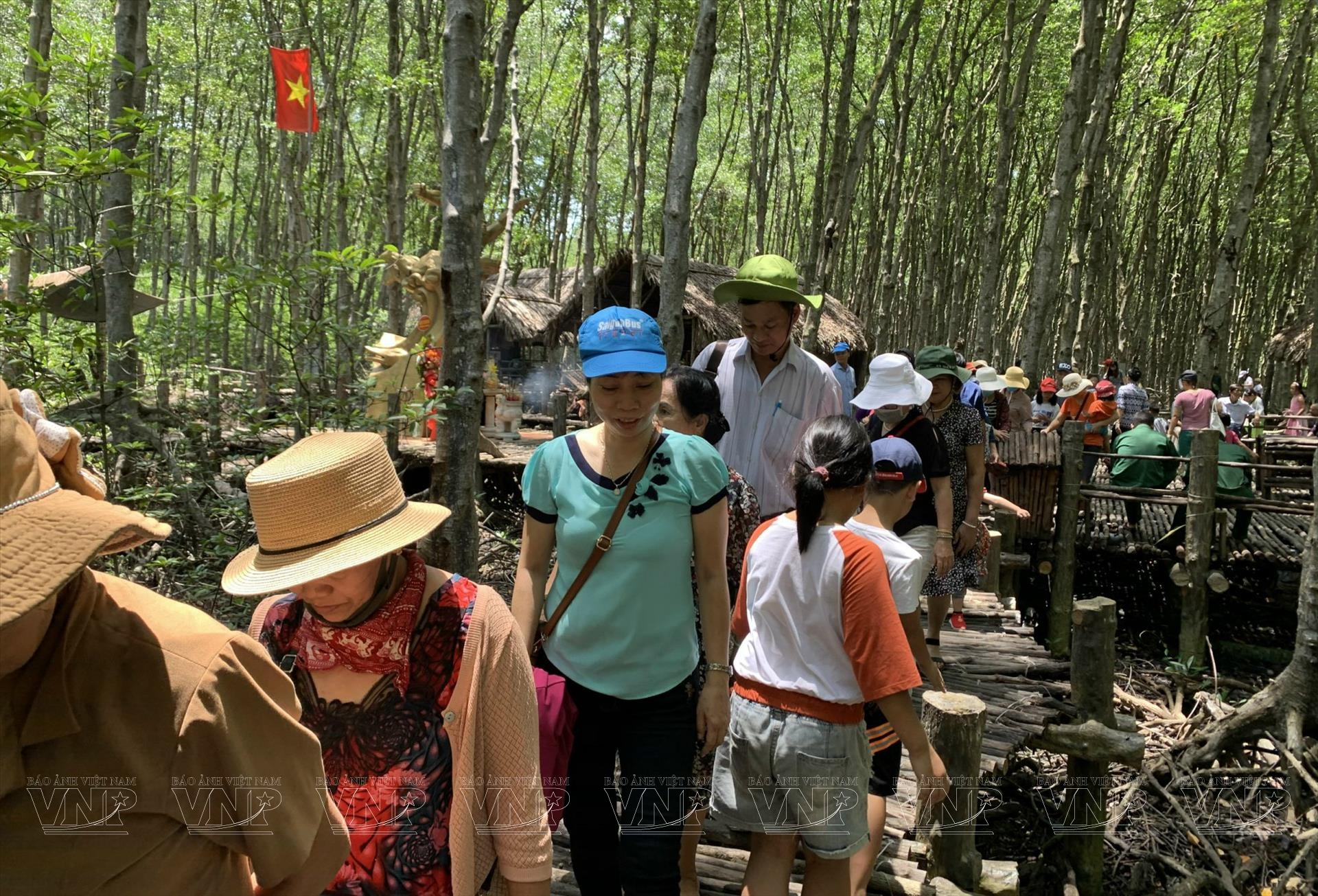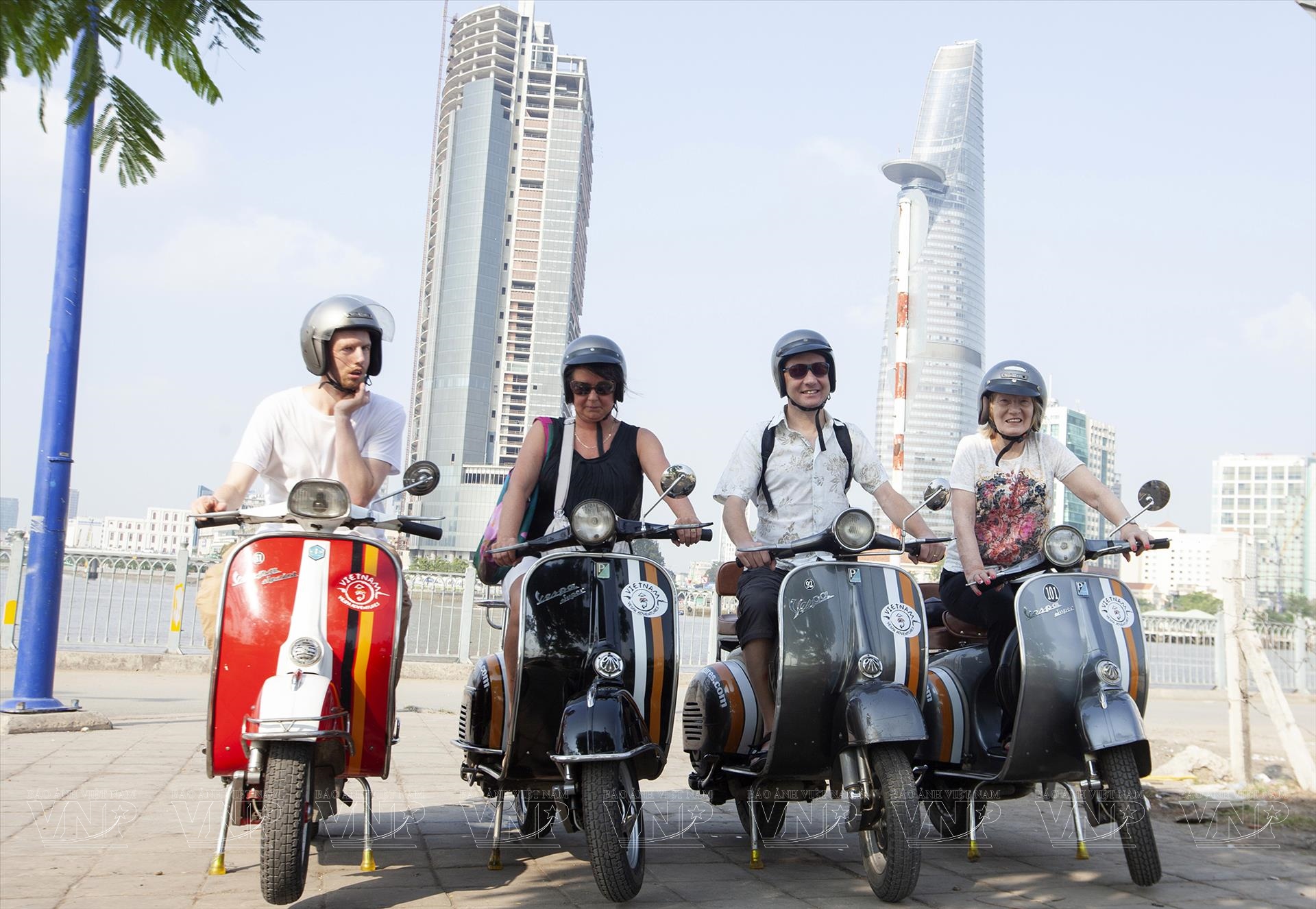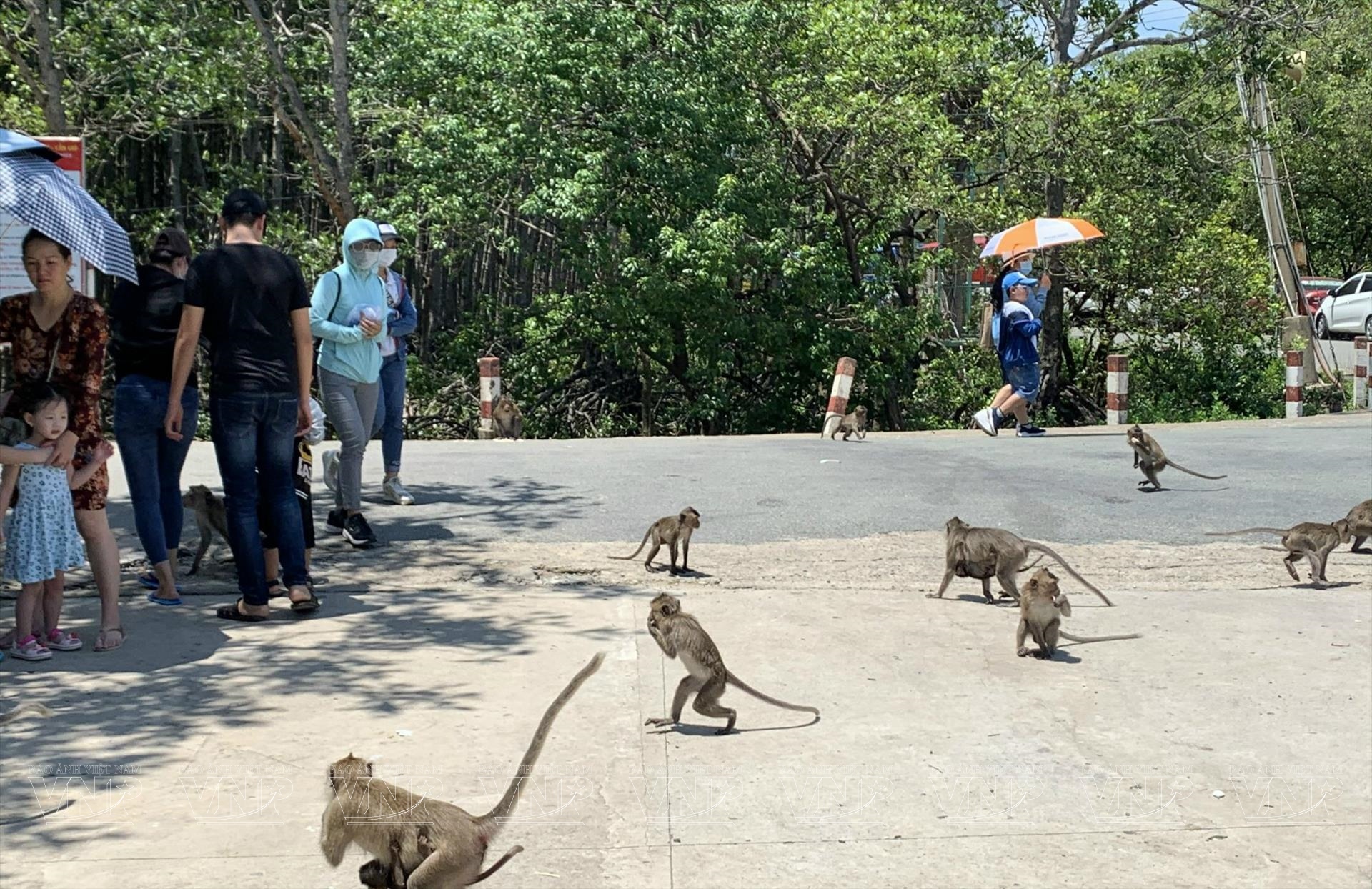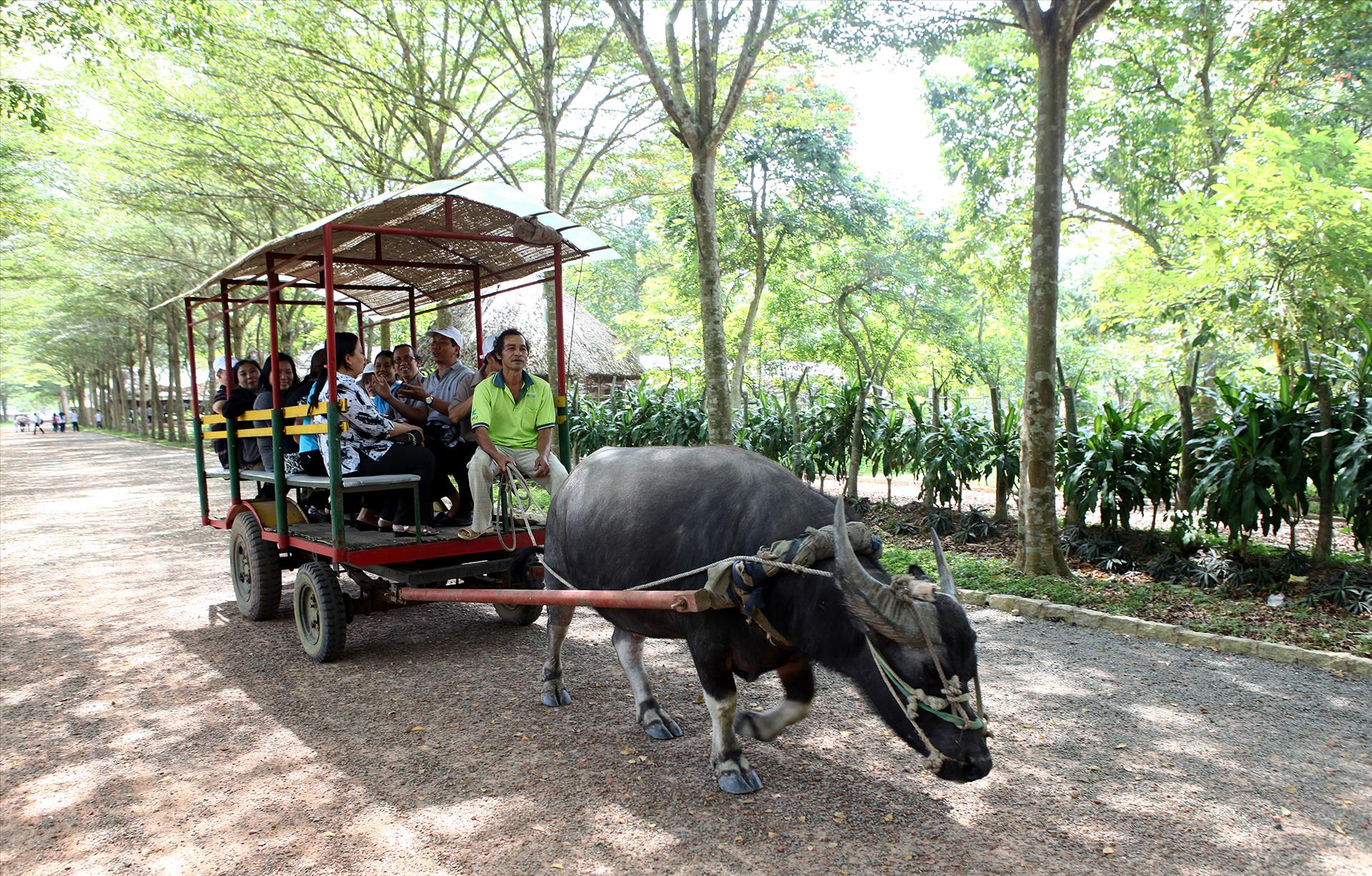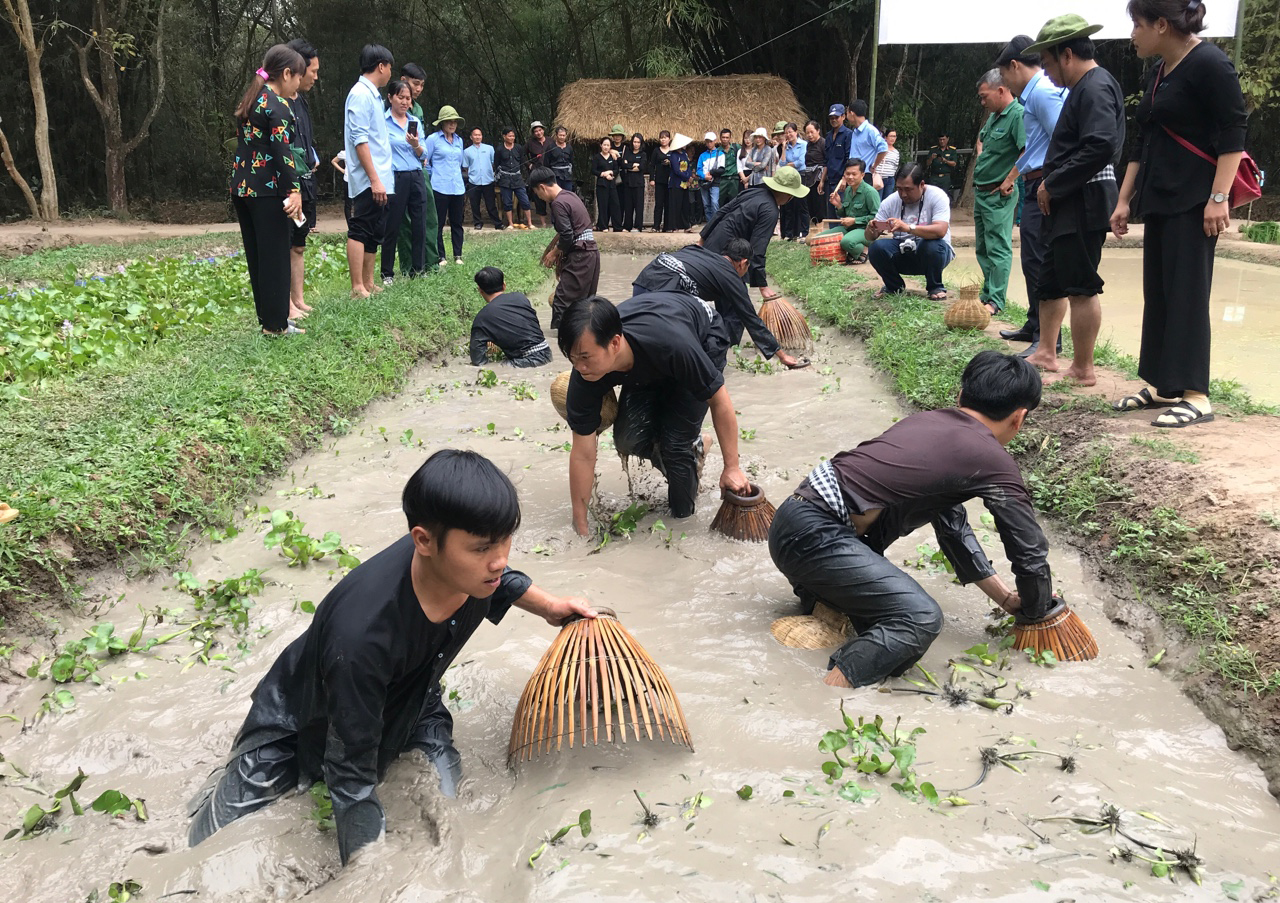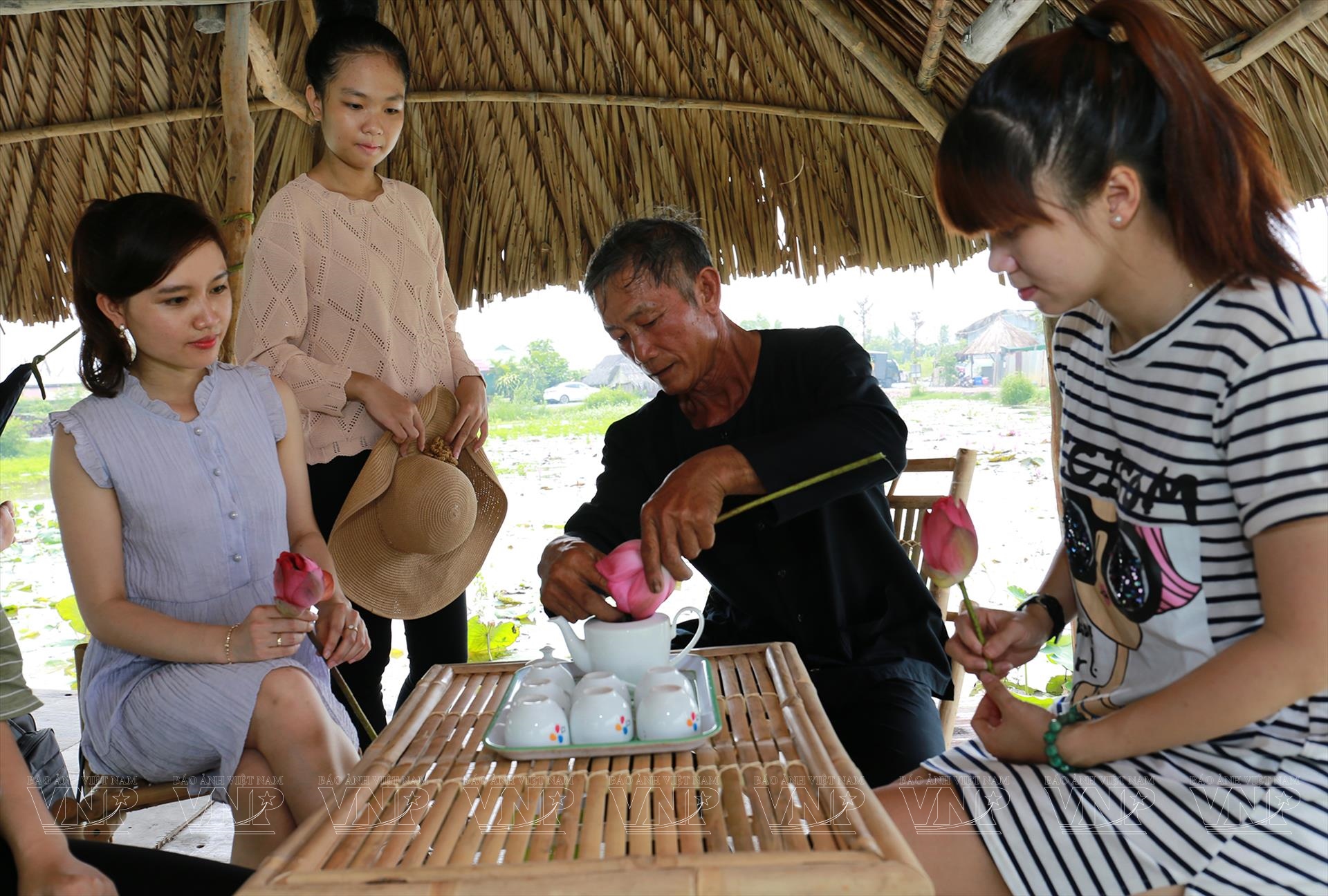Ho Chi Minh City - The Land of Unique Tourism in the South
For years, Ho Chi Minh City has been known as not only the leading economic and political center of Vietnam, but also the place of many cultural and historical imprints during its more than 300-year history of development. With a mixture of modern and traditional features together with the unique ecological system of the Mekong River Delta, the city on the banks of the Saigon River has now become an attractive destination for domestic and foreign tourists.
Imprints of Cultural and Historical Tourism
With its more than 300-year history, Ho Chi Minh City (formerly Saigon) is the place with the confluence of many cultural differences, of which the most prominent is of the Vietnamese, Chinese, Cham, Khmer and Indian and later, the cultural influences of the French and Americans.
During the early period of its foundation by the French colonial regime, about the 17th-19th century, many unique cultural and religious works were built with distinctive cultural traits of people in the south in their journey to reclaim the land, fight against invaders, and adopt the essence of another culture while maintaining their own culture.
The most typical is the system of communal houses, pagodas, assembly halls and churches. These include the Thong Tay Hoi communal house, Minh Huong communal house, Giac Lam pagoda, Ba Thien Hau pagoda, Giac Vien communal house, Nghia An assembly hall, Quang Trieu assembly hall, Notre Dame Cathedral, Thong Tay Hoi church and Thu Duc church. There are also dozens of other colorful cultural festivals.
By the end of the 19th century and at the beginning of the 20th century, there were many large construction projects built in the French architectural style that still exist today. These include the Nha Rong Wharf (1863), Independence Palace (1868), Central City Post Office (1886), Opera House (1898), People's Committee Headquarters Building (1898) and Ben Thanh Market (1912).
After 1975, besides the historical and cultural relics, Ho Chi Minh City built many new cultural and tourist places, like the Saigon Zoo and Botanical Gardens, Dam Sen Cultural Park, Suoi Tien Theme Park, Ky Hoa Lake and Can Gio Eco-tourism Area to serve as entertainment and leisure places for locals and tourists. Many famous historical and revolutionary works have also been restored and upgraded to meet the demand of visitors to learn about the city's history such as the Cu Chi Tunnels, Independence Palace, Ben Duoc Memorial Temple, Rung Sac Military Base, 18 Vuon Trau (Areca Garden) Hamlets and Sac Forest Floating Base.
Visiting Ho Chi Minh City today, tourists can not only witness the miraculous development of the leading economic, cultural, tourist and scientific-technological center in Vietnam where there are skyscrapers, entertainment centers, busy shopping, boulevards with brilliant lights at night, but also discover the intact beauty of ancient cultural works.
At present, one of the favorite tours in Ho Chi Minh is to visit the special national relic of the Independence Palace which was there during the collapse of the authority of the Republic of Vietnam and the entire liberation of Southern Vietnam took place on April 30, 1975. There is also the Central City Post Office, a unique ancient architecture with the harmonious combination of Western architecture and Eastern decorative style. One can visit the revolutionary vestige of the Cu Chi tunnels, a unique military construct with a tunnel system more than 200km long deep in the ground with the fully functional accommodations for living and combat.
For visitors who love to discover local culture, history and cuisine, they can experience the program "Go Vap - One Hundred Years of Finding the Ancient Traces" with a series of fascinating activities such as watching the lion dance in Cho Lon, visit the ancient temple of Phu Chau, Tan Thoi communal house, Phap Van pagoda and the Phu Tho Hoa tunnels.
Promoting Many New Types of Tourism
After the COVID-19 pandemic, in order to attract more tourists, the city's tourism industry immediately launched the program "Welcome to Ho Chi Minh City” and “Each district has at least one typical tourism destination”.
The city's tourism industry has cooperated with Thu Duc city and districts in the area to survey and build many new tours and routes to upgrade and refresh tourism to meet the new requirements of visitors.
Currently, domestic and foreign tourists coming to Ho Chi Minh City can select new tours, such as a helicopter tour over Ho Chi Minh City, the Saigon River tour to watch the sunset and see the beauty of the city at night.
In addition, suburban districts are also promoting the development of agricultural and eco-tourism. For example, Can Gio district is the only district of Ho Chi Minh City that has a 23km long coastline, more than 22,000ha of rivers and a unique mangrove ecosystem that provides the locality with a cool and fresh climate year round. It is one of the first biosphere reserves in Vietnam which is dubbed the "green oasis" of the city with pristine mangrove forests. Going to Can Gio ecotourism area, visitors will mingle with nature and enjoy wonderful and poetic landscapes.
At present, many foreign tourists select the tour to discover the beauty of Ho Chi Minh City on the river. To facilitate the travel of passengers, Ho Chi Minh City has deployed three tram lines that connect quickly from the wharf to attractions in the city.
Cu Chi district is also considered the "green belt" of Ho Chi Minh City, suitable for developing ecotourism and garden tourism. When visiting Cu Chi, tourists will visit the orchards along the Saigon River, green farms, high-tech agricultural areas and the Cu Chi tunnels or trying to work as a farmer for one day in the gardens.
The city now focuses on developing more types of entertainment tourism, cuisine and services at night to create many new and unique tourism products to meet the increasing needs of tourists.
Ho Chi Minh City has 366 places which can develop into tourist destinations with 4 main groups, including natural tourism, tangible cultural tourism, intangible cultural tourism and tourism associated with modern man-made buildings. Up to now, the city's tourism industry has coordinated with businesses to announce and deploy more than 40 tourism programs in districts.
Story: Thong Hai/VNP Photos: Thong Hai, Nguyen Luan & Files Translated by Nguyen Tuoi




